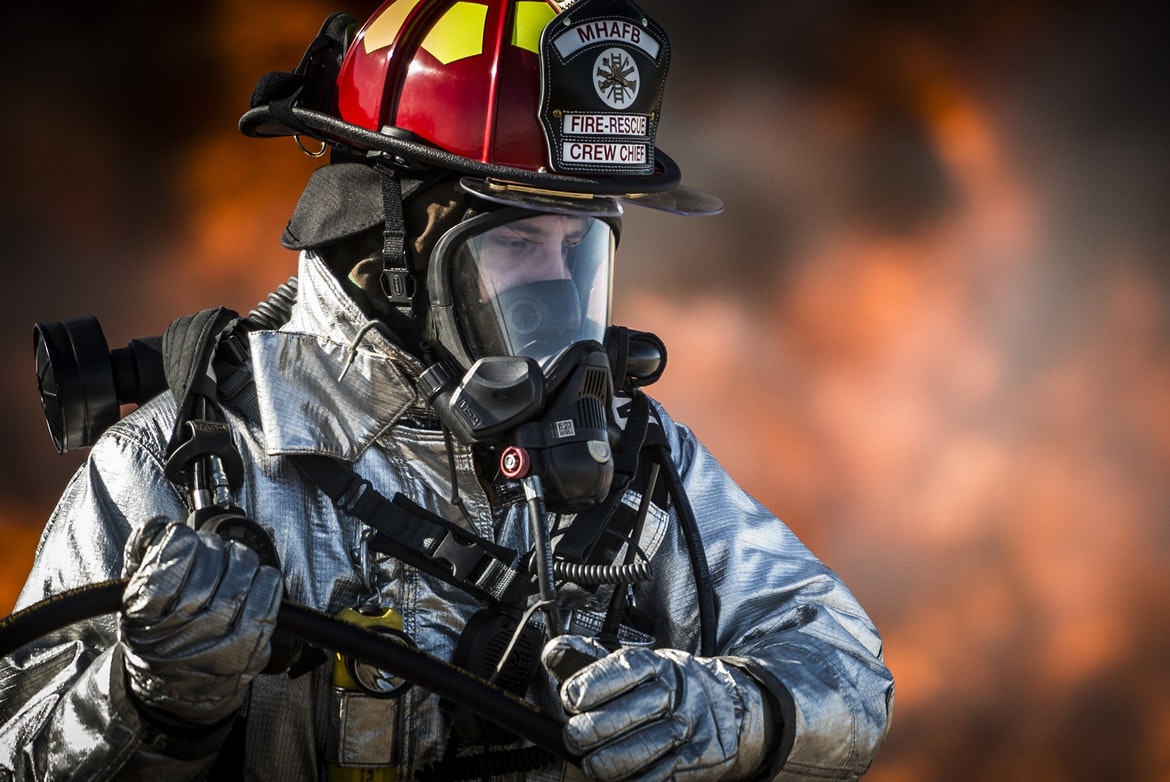What is spontaneous combustion and why you should know about it?

In July 2021, a garage in Madison, Wis., started on fire due to improperly disposed rags and painting materials. Two months earlier, a restaurant in Manhattan, Kan., started on fire after cooking oil self-heated and ignited on soiled towels. And a month before that, a Las Vegas, Nev. home started on fire after rags covered in painting chemicals had been left outside in the sun.
The cause of each of the fires was the same: spontaneous combustion.
Merriam-Webster Dictionary defines spontaneous combustion as the “self-ignition of combustible material through chemical action (such as oxidation) of its constituents.”
According to a National Fire Protection Association (NFPA) fact sheet, an estimated 14,070 fires occurred annually between 2005-2009 from spontaneous combustion. Not surprisingly, laundries are a common place where it can occur. In fact, 25% of fires in mercantile or business properties occurred in laundry or dry cleaning facilities, according to the 2011 NFPA fact sheet, or about 316 fires annually.
Tony Berton, regional field service manager of Alliance Laundry Systems and chief safety officer with the Ripon, Wis. fire department, said the following conditions — fuel, an oxidizing agent and a heat source —must be present for spontaneous combustion to occur and fire to break out. Those conditions are known as the Fire Triangle.
Fuel could be clothing, towels, rags or other materials that will burn, particularly if they contain traces of contaminants such as cleaning products, oils and fats. Oxidation is the reaction of combustible material with oxygen that produces heat release, and an oxidizing agent is a substance that oxidizes another substance. Thus, the more flammable the material and the more dense the pile of the material, the greater the opportunity for fire.
Spontaneous combustion is usually not an equipment problem, but rather a process problem. For example, a towel used to soak up a cooking oil spill can ignite with heat after it is dried if it wasn’t properly washed and the oil remains on the cloth. A laundry attendant likely used the incorrect cleaning chemical formula for the fabric and type of contaminant, causing remnants of the contaminant to stay attached to the material during the wash.
Spontaneous combustion has been around for a long time; the first recorded case was in 265 AD when a Chinese philosopher wrote about a “calamitous fire” that started when oil self-ignited and set an arsenal on fire. It also strikes even the rich and famous. For example, the newly constructed home of Jack London, author of “The Call of the Wild,” was destroyed in 1913, just days before he was to move into the Glen Ellen, California building. The cause was later attributed to spontaneous combustion of linseed oil-soaked rags left behind in the dining room by workers.
